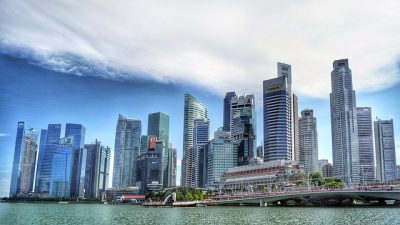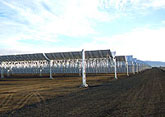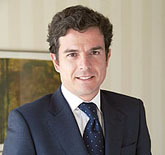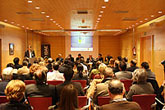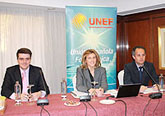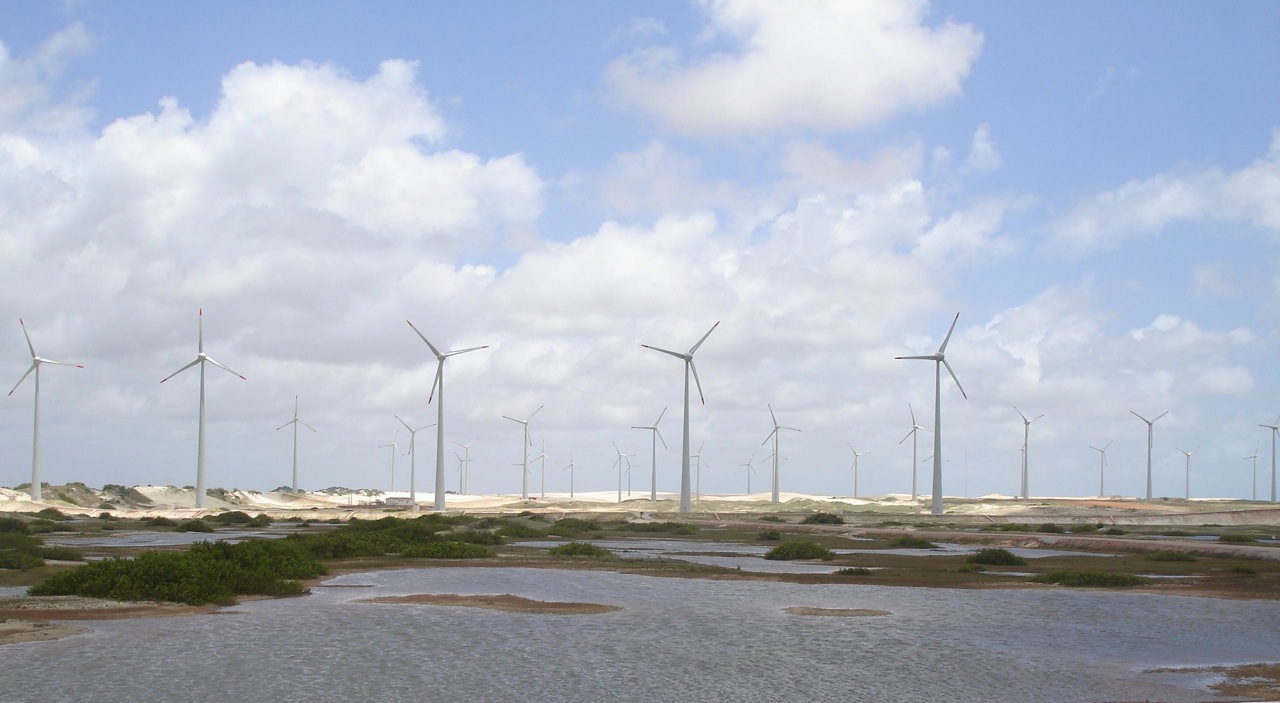The SPORE (Sustainable Powering of Off-Grid Regions) multifluid renewable energy microgrid has been jointly developed by ENGIE and Schneider Electric to act as a clean energies demonstrator. Among the facility assets, it is worth noting Singapore´s highest wind turbine, the first refueling station for hydrogen cars and innovative microgrids control solutions.
ENGIE, one of the world´s leading energy companies, and Schneider Electric, a leader in the digital transformation of energy management and automation, have marked a first milestone in the installation of power generation assets for the «SPORE» (Sustainable Powering of Off-Grid Regions) microgrid. Southeast Asia´s largest hybrid microgrid will be used as a demonstrator for the generation of energy from local renewable energy sources, providing clean solutions for cooking and sustainable mobility in isolated islands and villages in the region, thanks to a multifluids system that integrates renewable sources such as wind and solar energy and that could include the production of biomass.
Located on Semakau Island, the SPORE microgrid features the highest wind turbine in Singapore, photovoltaic panels, battery storage and a hydrogen system to store and refuel hydrogen cars, the first in Singapore. The microgrid is part of the REIDS (Renewable Energy Integration Demonstrator in Singapore) initiative led by the Energy Research Institute of the Nanyang Technological University (NTU) and in collaboration with the EDB (Singapore Economic Development Board) and the NEA (National Environment Agency).
«This first phase of the SPORE microgrid on the island of Semakau is a significant step towards the first distributed and multifluid microgrid demonstrator in the tropics. ENGIE’s goal is to improve the quality of life and promote growth opportunities for companies and communities, especially those located in remote islands and villages, through a decentralized, secure, reliable and cost-effective electricity network that can provide electricity using local renewable resources and thus reduce dependence on fossil fuels, «said Etienne Drouet, director of ENGIE Lab Singapore.
Renewable energy microgrid
The World Energy Outlook (WEO) has estimated that 1.2 billion people, 16% of the world’s population, had no access to electricity in 2016, and that 95% of them lived in sub-Saharan Africa countries and developing areas of Asia.
«In this context of global energy transition, world energy leader Schneider Electric and ENGIE have joined forces on the island of Semakau to develop a solution and demonstrate their ability to address the energy challenges of the region,» said Jean Wild, Microgrid Program Manager at Schneider Electric.
Among SPORE microgrid´s technological innovations are hydrogen technology, smart inverters and microgrid management systems.
ENGIE’s hydrogen technology consists of a hydrogen energy installation comprised of an electrolyzer, storage and a fuel cell to transform it into electricity. It also has a hydrogen car and a refueling station. Hydrogen improves the microgrid flexibility, as it can be easily stored and used for different purposes, such as electricity production, storage, gas and sustainable mobility, the company said in a joint statement with Schneider Electric.
The German smart inverters use the concept of «virtual synchronous generator» to address the stability of the off-grid microgrid, while achieving a 100% penetration of renewable energy. Smart inverters join renewable energy sources, such as solar, with energy storage devices to model the behavior of a generator set. This results in a scalable plug-and-play solution that guarantees better grid stability with a greater penetration of renewables and the ability to operate in parallel with other smart inverters or gen sets in a microgrid.
The SPORE microgrid has also been designed to be scalable to start both from a greenfield system (new installation) as from a brownfield one (existing installation), such as happens with isolated villages located on islands. Since most villages have diesel generators, a scalable solution allows a smooth transition from fossil fuel to renewables throughout the microgrid.
Carlos Sánchez Criado
Publicista por la Universidad Complutense. Director comercial de publicaciones técnicas del sector de la energía durante doce años. Director de Energy News Events, S.L. desde 2012 difundiendo información en Energynews.es, movilidadelectrica.com e hidrogeno-verde.es. Y por supuesto, organizando eventos como VEM, la Feria del Vehículo Eléctrico de Madrid.




